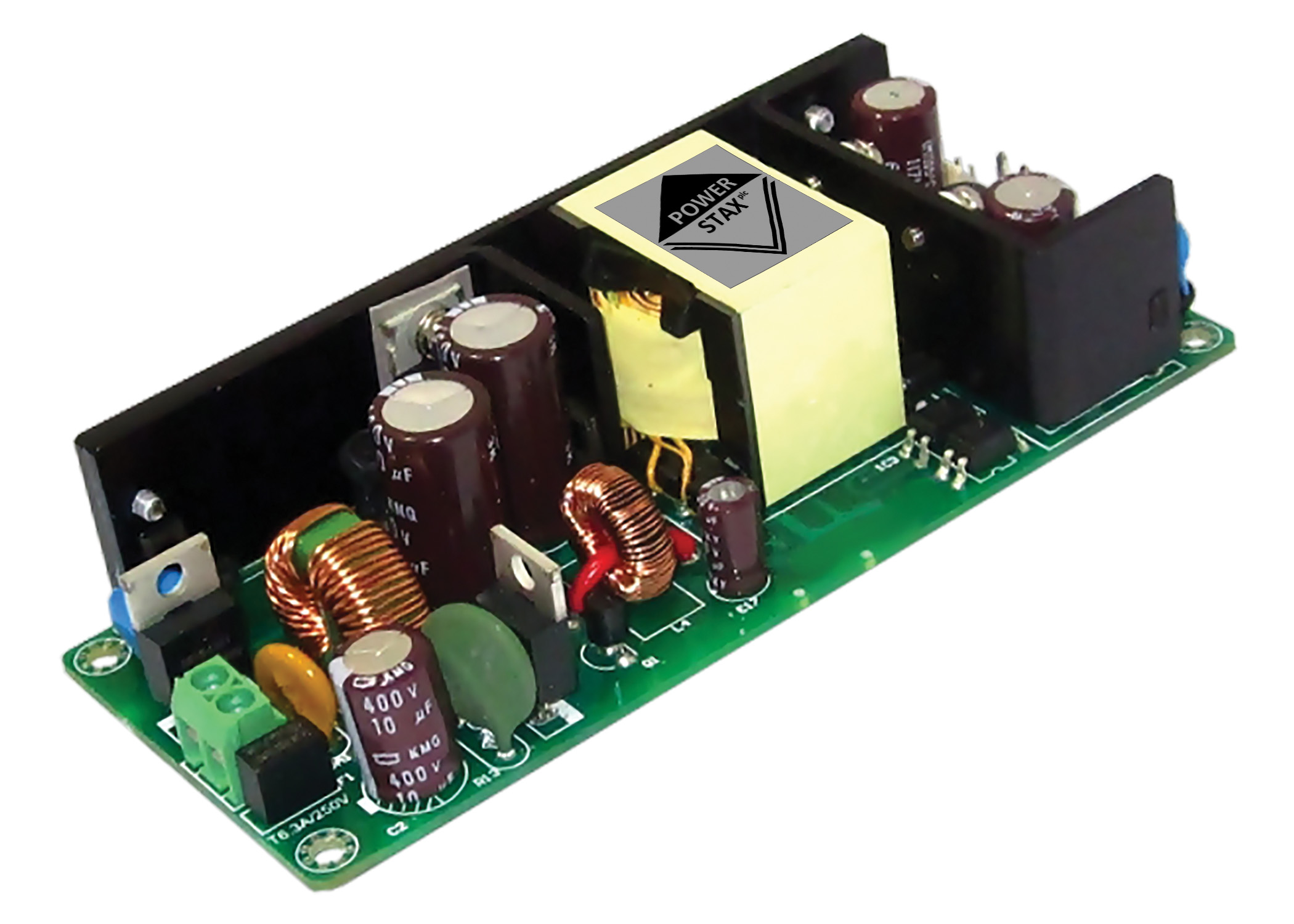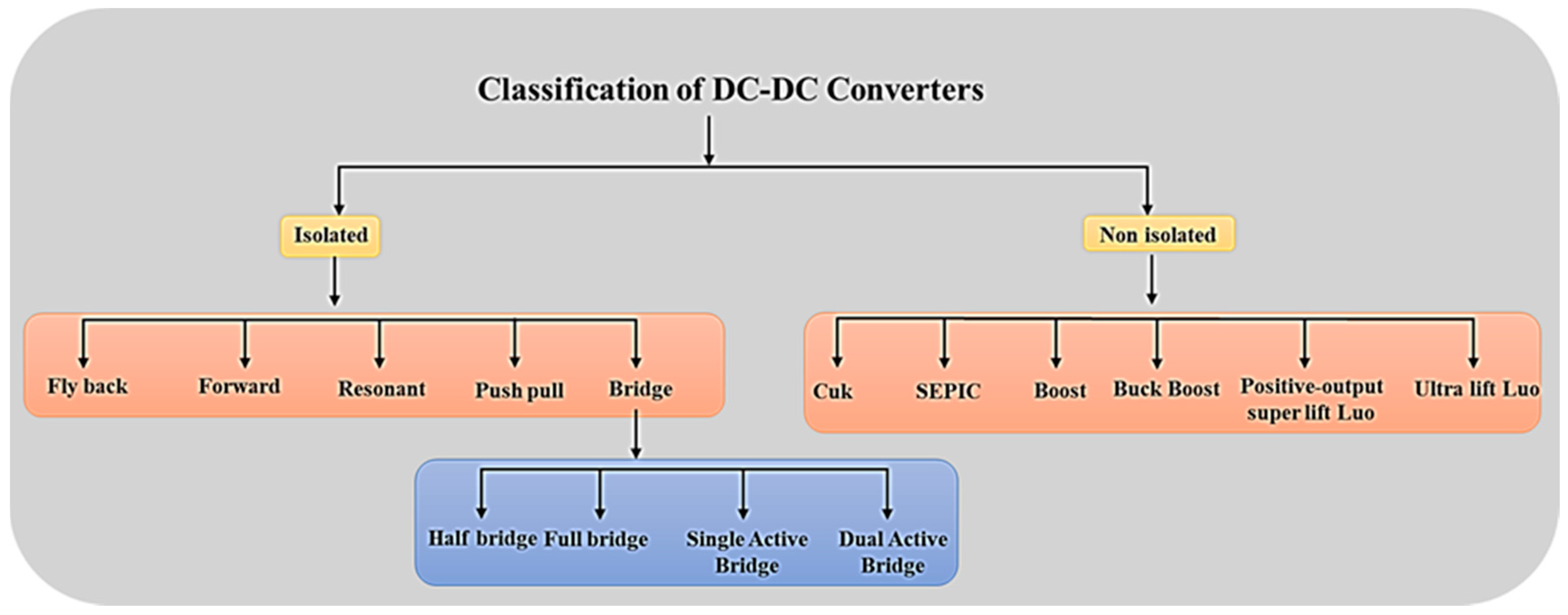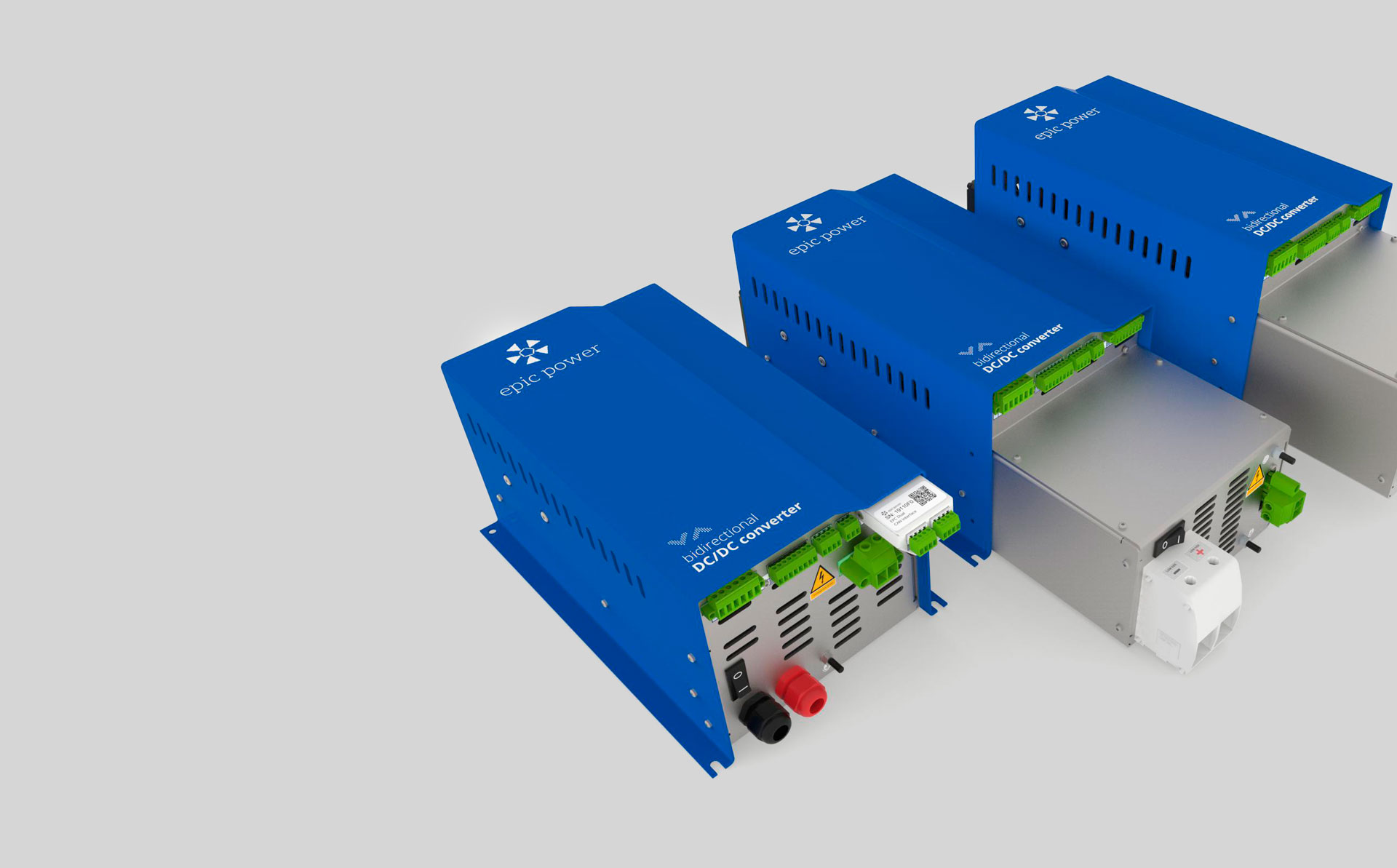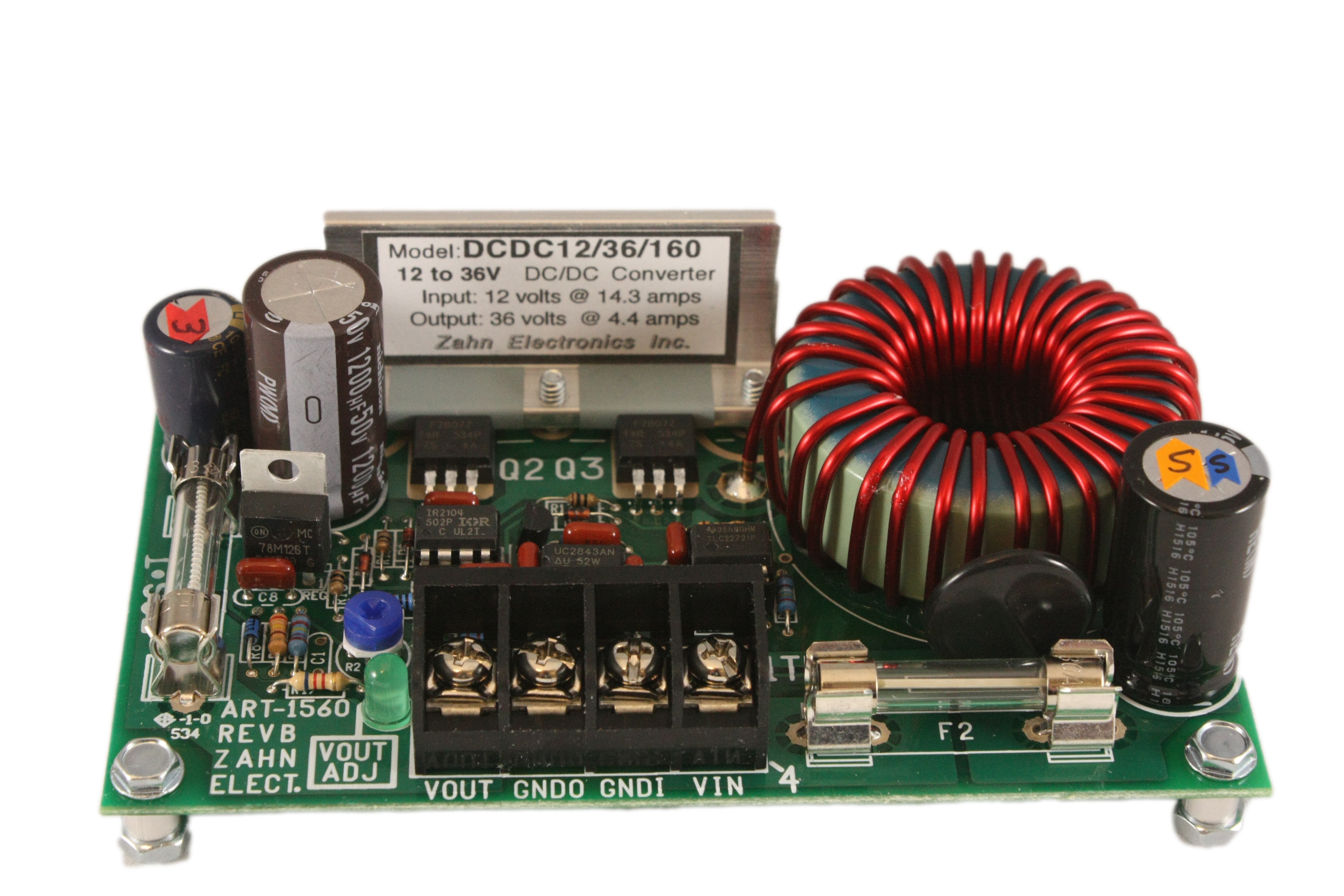
DC to DC Converter with voltage up
In terms of bidirectional DC-DC converters, they can be considered the major research field in the PEC topologies instead of conventional unidirectional converters to interface different energy.

The comparisons of DC DC converters Download Table
They can be categorized as resonant-switch converters, load-resonant converters, resonant-dc-link converters, and high-frequency-link integral-half-cycle converters. Most of the attention is focused only on the resonant-switch conversion method.

Classification of Power Electronics Converter with more focus on... Download Scientific Diagram
1: Magnetic Converters In these DC-to-DC Converters, energy is periodically stored and released from a magnetic field in an inductor or a transformer. The frequency ranges from 300 kHz to 10MHz.

Parallelconnected sources and their DCDC converters in a DC microgrid. Download Scientific
A DC-to-DC converter is a device that accepts a DC input voltage and produces a DC output voltage. Typically the output produced is at a different voltage level than the input. In addition, DC -to-DC converters are used to provide noise isolation, power bus regulation, etc. This is a summary of some of

DC/DC Converter
Types of DC-DC Converters. There are several types of DC-DC converters, each with unique circuit topologies and characteristics. These topologies can be broadly categorized into two groups: non-isolated and isolated converters. Non-isolated converters share a common ground between input and output, while isolated converters provide galvanic.

TYPES OF DC GENERATORS Study Materials
Different types of DC-DC converters (Synchronous buck-boost, Cuk, Zeta, Sepic etc.) are analyzed in terms of low voltage implementation. The comparison of energy consumption of different types of converters is given. Different examples of such converter implementation are examined - for example, low voltage DC-DC converters can be used as power.

DCtoDC Converters Design, Working & Applications
Timur Yuldashev IT Writer, PhD in Philological Sciences Andrey Solovev Chief Technology Officer, PhD in Physics and Mathematics DC-DC converters can be found in almost any modern electronics. The applications of DC-DC converters range from smartphones and laptops to industrial and military systems.

New DCDC Converter from Powerstax Westek
There are many different types of DC-DC converter, each of which tends to be more suitable for some types of application than for others. For convenience they can be classified into various groups, however.

Vulgaridad cerrar famélico buck boost converter topology piano espejo Espesar
DC-DC Converter Topologies A comprehensive look at DC-DC converters and advanced power converter topologies for all skills levels As it can be rare for source voltage to meet the requirements of a Direct Current (DC) load, DC-DC converters are essential to access service. DC-DC power converters employ power semiconductor devices (like MOSFETs and IGBTs) as switches and passive elements such as.

Different DCDC converter topologies for assessment. (a) Buckboost... Download Scientific Diagram
Justin Madsen - December 05, 2023 97 DC-to-DC converters are the heartbeat of modern industrial and commercial electronics. Understanding the different types of DC-to-DC converters and their respective functionalities is key to optimizing your system's efficiency and stability.

(a) Types of DCDC power converters used in some applications. Download Scientific Diagram
This piece of literature discusses various types of converters, such as cascaded and bidirectional converters. Also included is a discussion about the technological advancement of different types of converters and shows how the converters are different from each other schematically.

Bidirectional dc dc converter Epic Power Converters
The most common DC-DC converter topologies are buck, boost, and buck-boost (flyback); see the section below for more information on these and other topologies. Another common converter is an LDO regulator, which is often paired on the output from another DC-DC converter. This is the case in high power and low power designs.

SMD isolated DC/DC converters
A comparative study between the different topologies has been conducted with respect to converter efficiency and design and control complexity. Several modulation strategies to control the DC-DC converters, such as pulse frequency modulation (PFM), pulse-width modulation (PWM), and phase-shift modulation (PSM), have been studied.

1. Classification of major controller types for dcdc converters Download Scientific Diagram
v t e A DC-to-DC converter is an electronic circuit or electromechanical device that converts a source of direct current (DC) from one voltage level to another. It is a type of electric power converter. Power levels range from very low (small batteries) to very high (high-voltage power transmission). History

DCDC converter classification in terms of isolation. Download Scientific Diagram
There are two types of DC/DC converters: linear and switched. A linear DC/DC converter uses a resistive voltage drop to create and regulate a given output voltage, a switched-mode DC/DC converts by storing the input energy periodically and then releasing that energy to the output at a different voltage.

DCDC Converters Zahn Electronics
Boost converters increase the voltage of a power source. For example a boost converter could take a 5V power source and boost it up to 25V. Typically, you find DC-DC boost converters in battery chargers or solar panels. They can also be used to supply components with different operating voltages from the same battery.